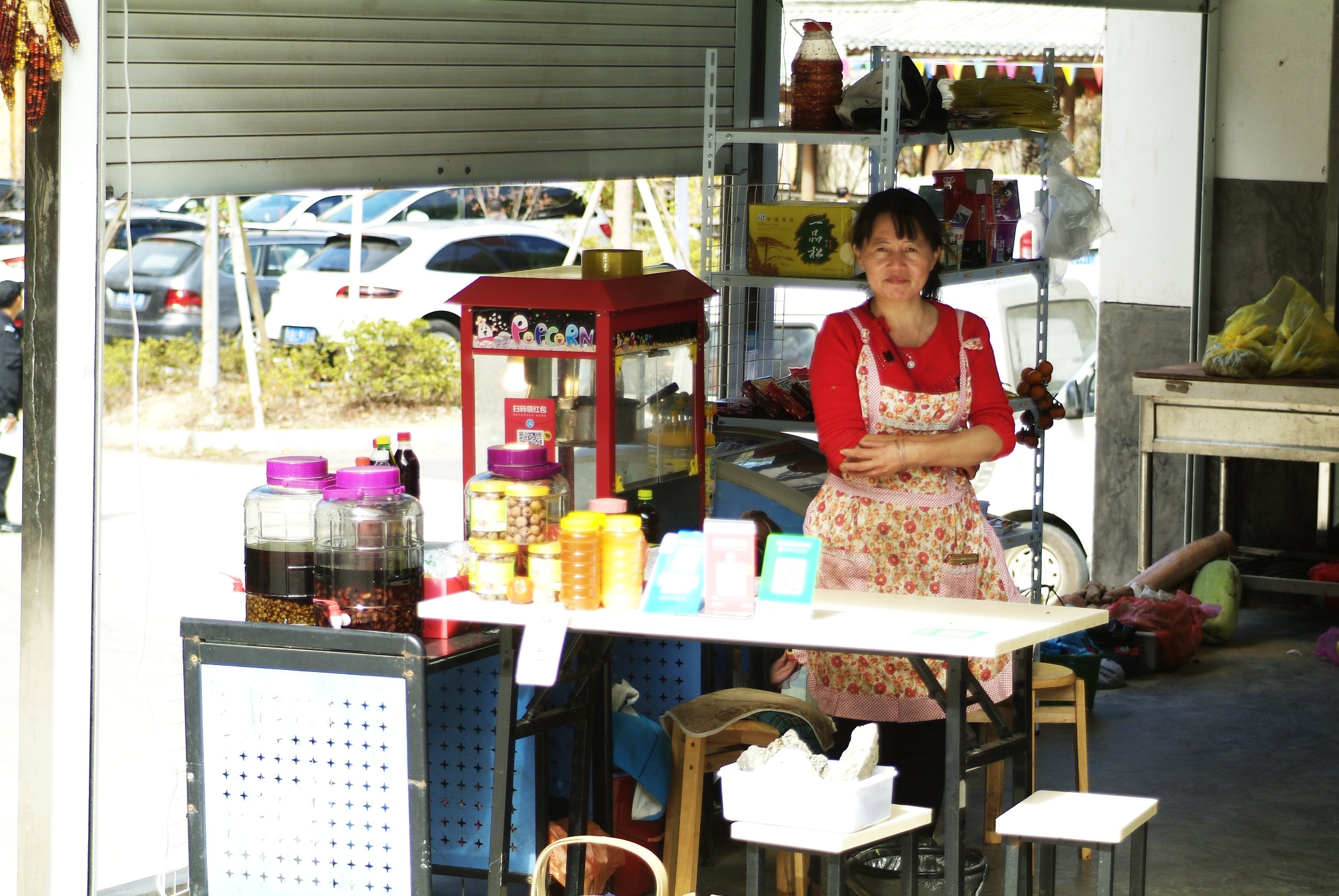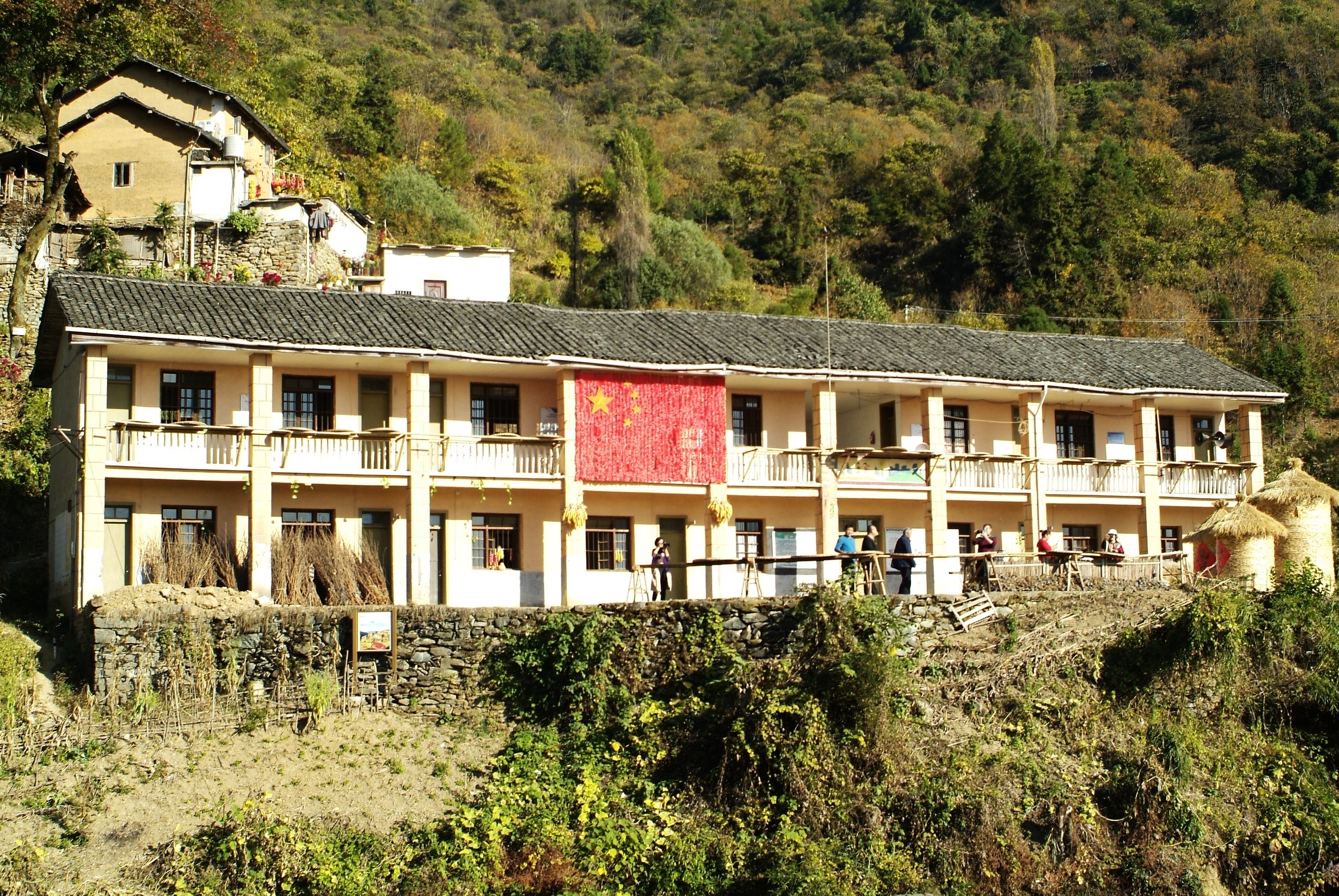
> TRAVEL FILES <
THE SIGN HUNTERS
@thesignhunters • #thesignhunters • #handfulsadventures • #apiginchina
CHINA: The mud houses of Yangchan
Written by Laszlo, 10 November 2019
While we live in China, we are trying to grab all the opportunities with both of our hands when it comes to exploring new places. This especially applies when it comes to the countryside and places that I can only describe as 'traditional China'. I can say that we were lucky to join another Etravel Club trip on the 2nd November as we travelled to Yangchan, which is a traditional sun-drying village in Eastern Anhui Province (安徽省).
Yangchan village (阳产村) is located near Huangshan city (黄山市) in Shexian (歙县) county and in Anhui province (安徽省). It is built on the mountainside at a remote, inconveniently accessible location. Even though the village is traditionally a separate area, it is closely attached to Xiachan villgae (下产古村) - that is where the main sign we found is from - and Yangchan is technically part of a larger settlement complex. We started our trip from a car park that is located near Xiachan, and unlike the majority of others in our group who took a taxi, we hiked up to the village. To be honest, it is one of the experiences here when it comes to delineating settlement boundaries that is really difficult to know where they exactly are and what the sign actually says. China also does not seem to have a standardised limit sign design; in many cases, therefore, we just take photos of anything that can resemble a limit sign and we figure it out later whether it is or it is not.
The pure distinction that Yangchan makes to other, larger settlements, however, is in its architecture. It is famous for its mud buildings which is a very simple wattle and doub construction. The material used to build houses here have traditionally been closely linked to the locally available sources. Even the energy sources are closely based on what is available in the nearby forest. Nowadays, Yangchan has 372 earthen buildings and boasts some well-preserved Huizhou-style buildings with over 300 years’ history in East China. One who visits this place and walks the terraced streets, however, cannot ignore the inevitable truth that this village is slowly declining and, thus dying out. The only village local folks we saw were old people and there is not much here that could keep young people settled. The village and its buildings need a serious input of money to be maintained, and even though the tourism has reached Yangchan, the income is still very little.
The village covers a relatively tiny area, luckily we had plenty of time, so we could visit most of its corners. We did not really see sun-drying products, because when we visited, apparently the whole village was on a strike. This was because the government had not paid the villagers for buying their products for a few months. So, we missed the colours of drying fruit, vegetables and grains, but we still had a fascinating time here in 'traditional China'. My photos reflect well the village and its surroundings, the state of the buildings and the life in here.

























































































































